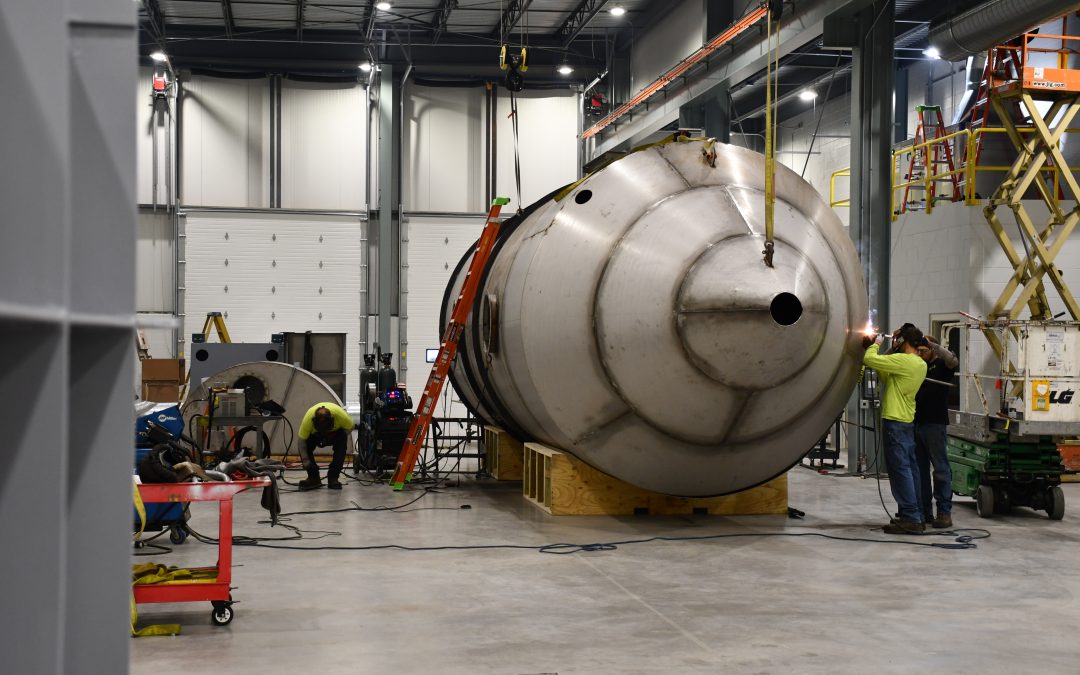When tackling large-scale sheet metal projects, the quality and type of your tools are crucial to your success. This guide aims to provide an in-depth look at the essential heavy-duty tools needed for sheet metal work, emphasizing their significance and usage in large-scale endeavors.
Essential Sheet Metal Tools
Sheet metal projects on a grand scale require a diverse array of robust tools. These tools, specialized for cutting, bending, and joining metal, are indispensable in managing the unique challenges of large-scale metalwork. Understanding and effectively using these tools is key to achieving outstanding results in your projects.
Sheet Metal Shears: Precision in Every Cut
Precision in cutting sheet metal is non-negotiable. Sheet metal shears are designed for this purpose and come in various forms. Bench shears are ideal for straight cuts in lighter metals, while pneumatic shears are better suited for thicker materials. The right choice of shear ensures clean and precise cuts, essential for high-quality metalwork.
Press Brakes: Bending with Precision and Power
Press brakes are essential for accurately bending sheet metal. Available in manual and hydraulic varieties, they serve different needs within metalworking projects. Manual press brakes are fitting for simple, smaller tasks, requiring manual force, whereas hydraulic press brakes are more suitable for repetitive, heavy-duty tasks, providing automated force for consistent bends.
Welding Equipment: The Art of Joining Metal
Welding plays a critical role in joining metal pieces in sheet metal projects. The selection of welding equipment impacts the strength and appearance of the joints. MIG welders are versatile for various applications, while TIG welders provide greater precision for more delicate tasks. Skillful welding involves controlling the weld pool and maintaining a consistent speed and angle for even, robust welds.
Waterjet and Plasma Cutting: Advanced Cutting Techniques
Waterjet and plasma cutting are advanced techniques for cutting sheet metal. Waterjet cutters use high-pressure water mixed with abrasives, ideal for cutting a wide range of materials without thermal distortion. Plasma cutters, on the other hand, use a plasma torch to cut through electrically conductive materials, offering speed and efficiency, especially for thicker metals. Both methods provide precision and versatility, making them valuable tools in sheet metal fabrication.
Heavy Lifting
Lifting and positioning large, heavy components becomes surprisingly easy with a large crane, allowing you to take on bigger and more intricate projects with confidence. This isn’t just about scaling up; it’s about enhancing our work efficiency, safety, and overall capabilities. The 40-ton – 4 hook crane that we have in the new shop isn’t just another tool in the toolbox: it’s a key strategic asset. It paves the way for increased productivity, an expanded service offering, and, ultimately, a stronger bottom line. For any sheet metal fabrication shop looking to level up, incorporating a heavy-duty tool like this isn’t just beneficial – it’s a game-changer.
Safety First: Essential Gear and Practices
In heavy-duty metalworking, safety is of utmost importance. Essential safety gear, including protective eyewear, gloves, and proper ventilation systems, is vital, especially during welding and cutting operations. Following safety protocols not only protects the individual but also enhances the overall efficiency and quality of the work.
Safety goes much further than that here at Greater Wisconsin Sheet Metal. We have a professional safety system which includes training, PPE, guidelines and protocols, clear signage and marking, a clean and organized shop, and we’re constantly engaged in safety auditing to make sure that we are creating and living the safety culture.
Maintaining Your Tools: Ensuring Longevity and Performance
Regular maintenance is crucial for keeping your heavy-duty tools in peak condition. This involves routine cleaning, lubrication, and timely repairs. Proper maintenance extends the life of your tools and ensures they perform reliably and safely, which is essential in large-scale metalworking projects.
Conclusion
Selecting the right heavy-duty tools is fundamental to the success of large-scale sheet metal projects. From precise cutting with waterjet and plasma cutters to accurate bending and welding, each tool plays a critical role. By understanding their functions and maintaining them properly, you can ensure efficiency, precision, and safety in your metalworking endeavors.






